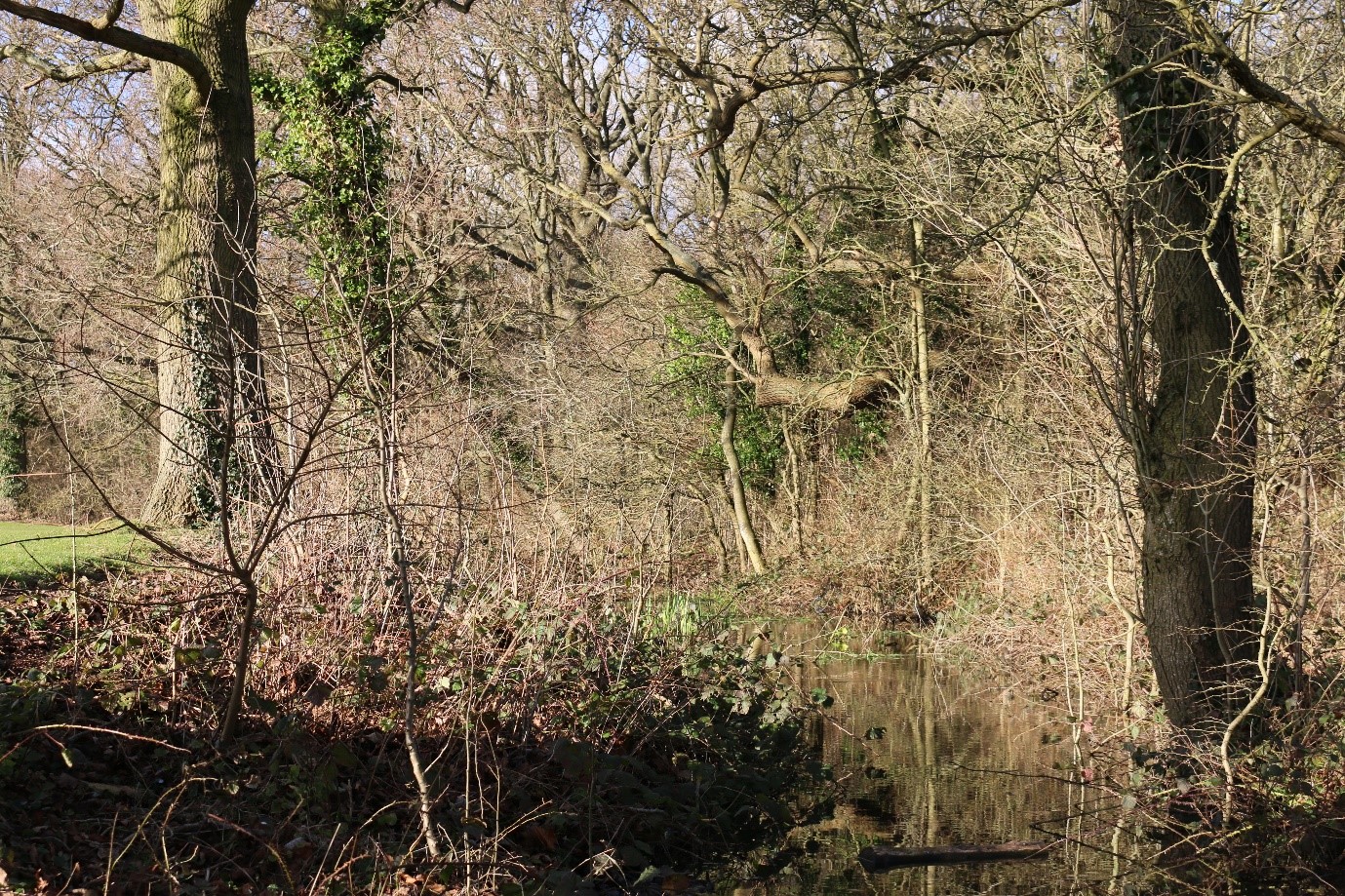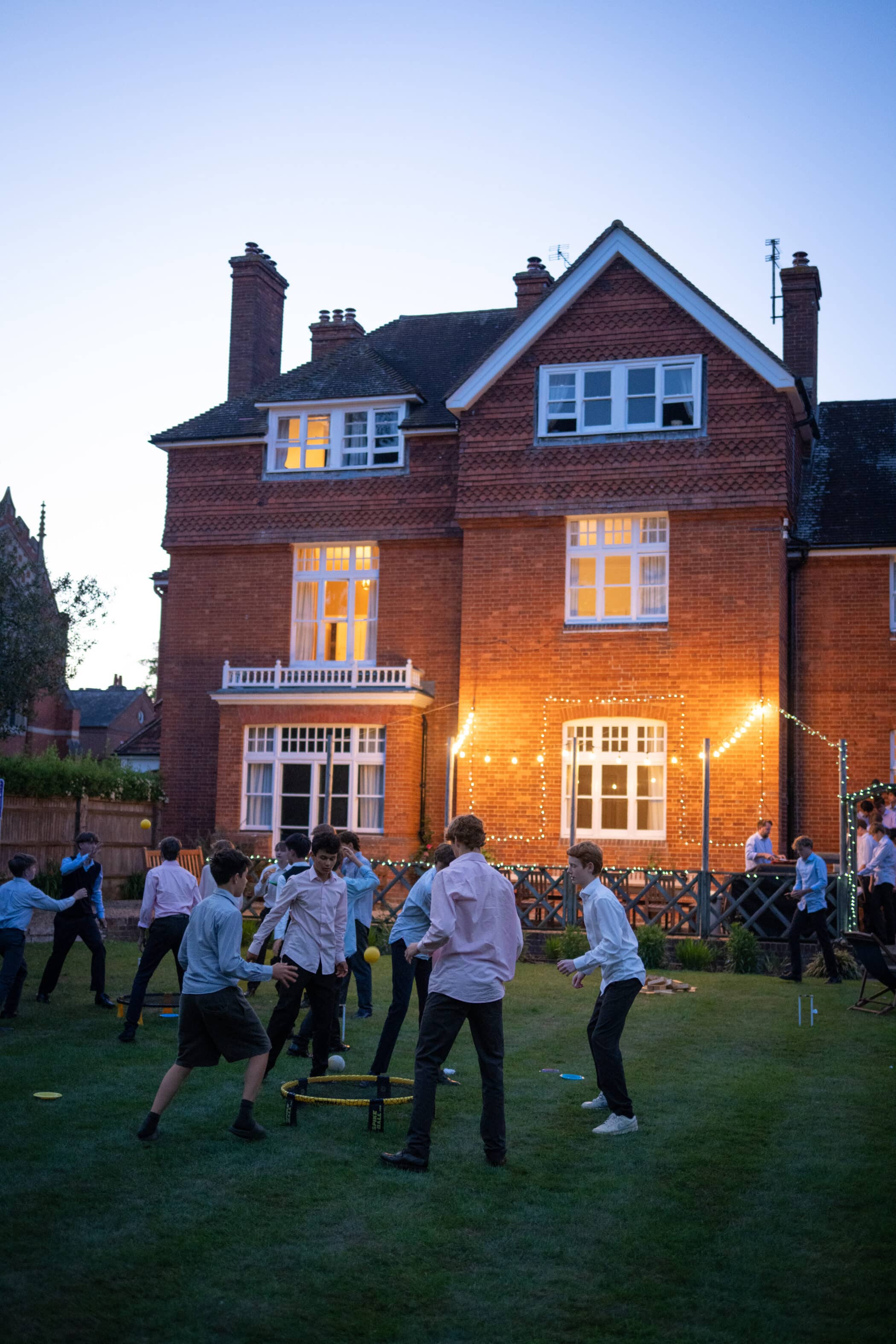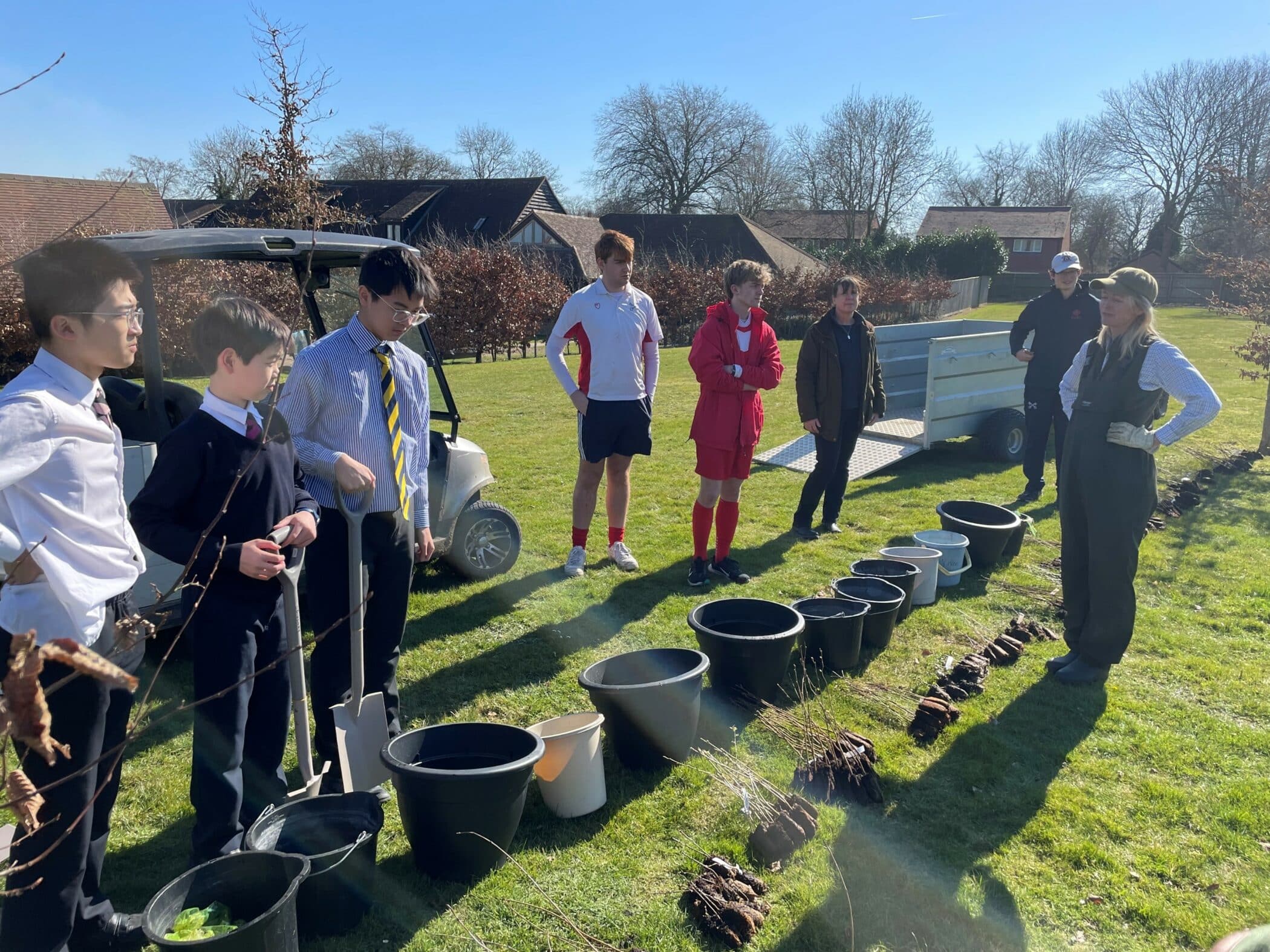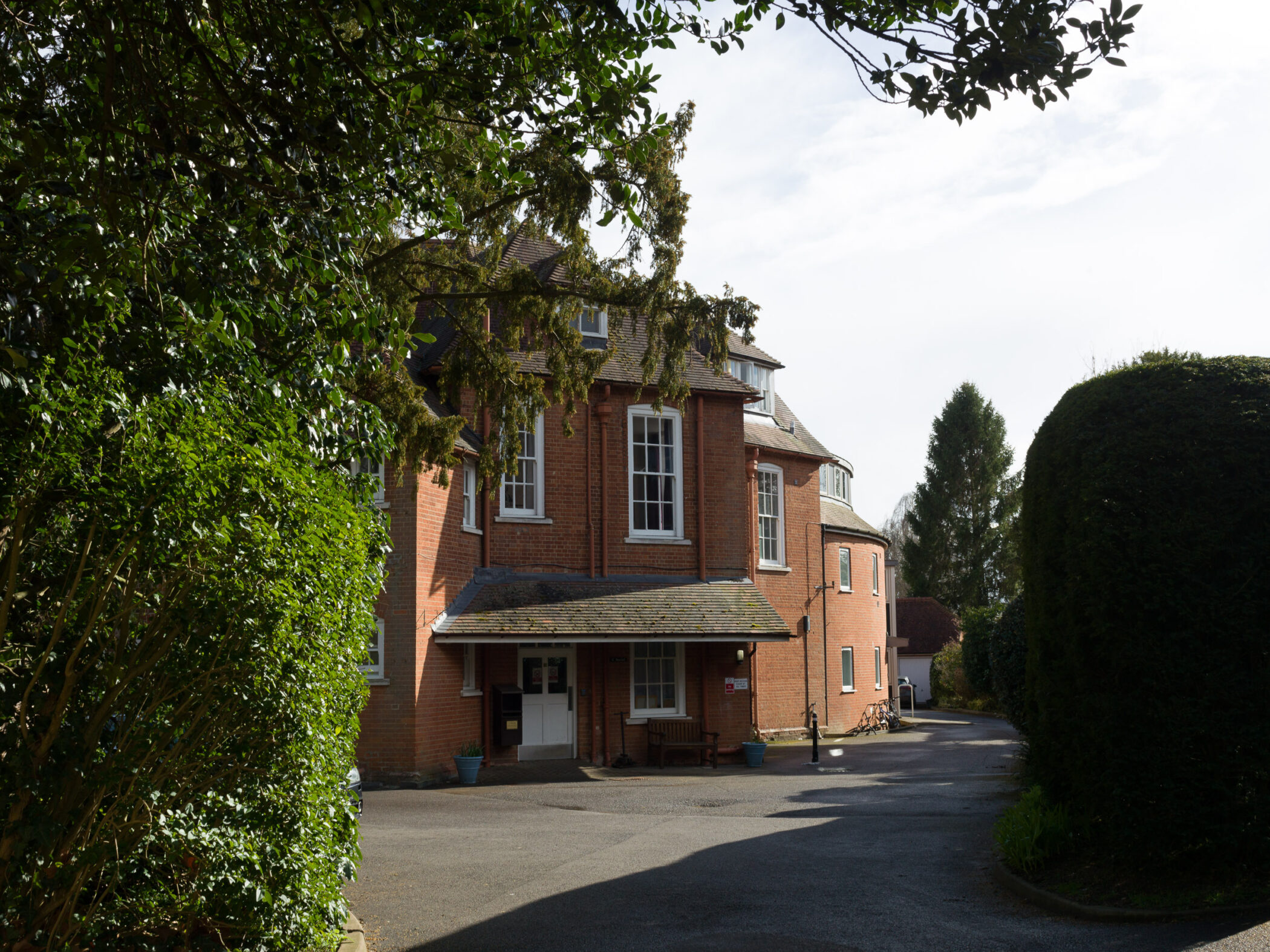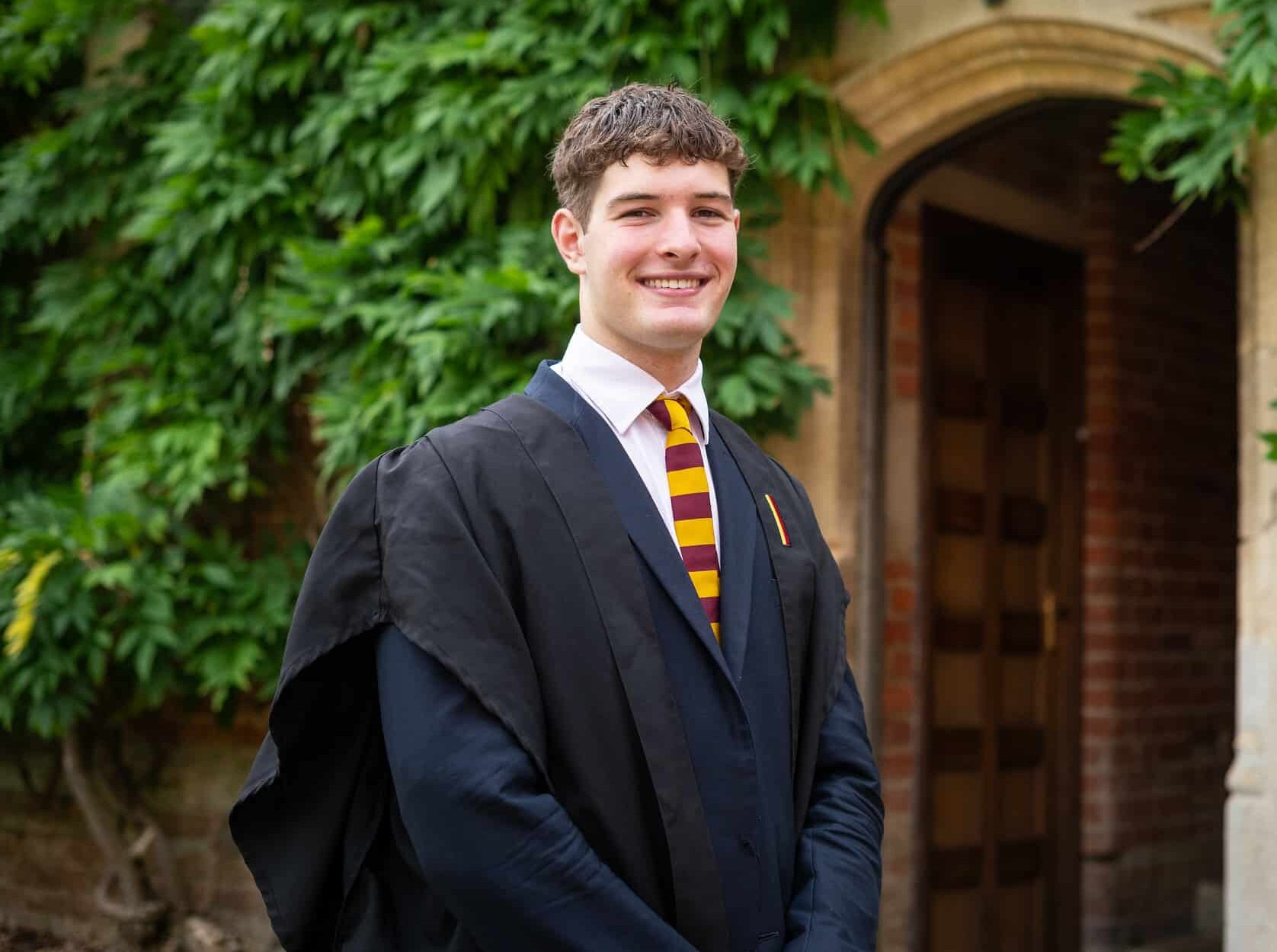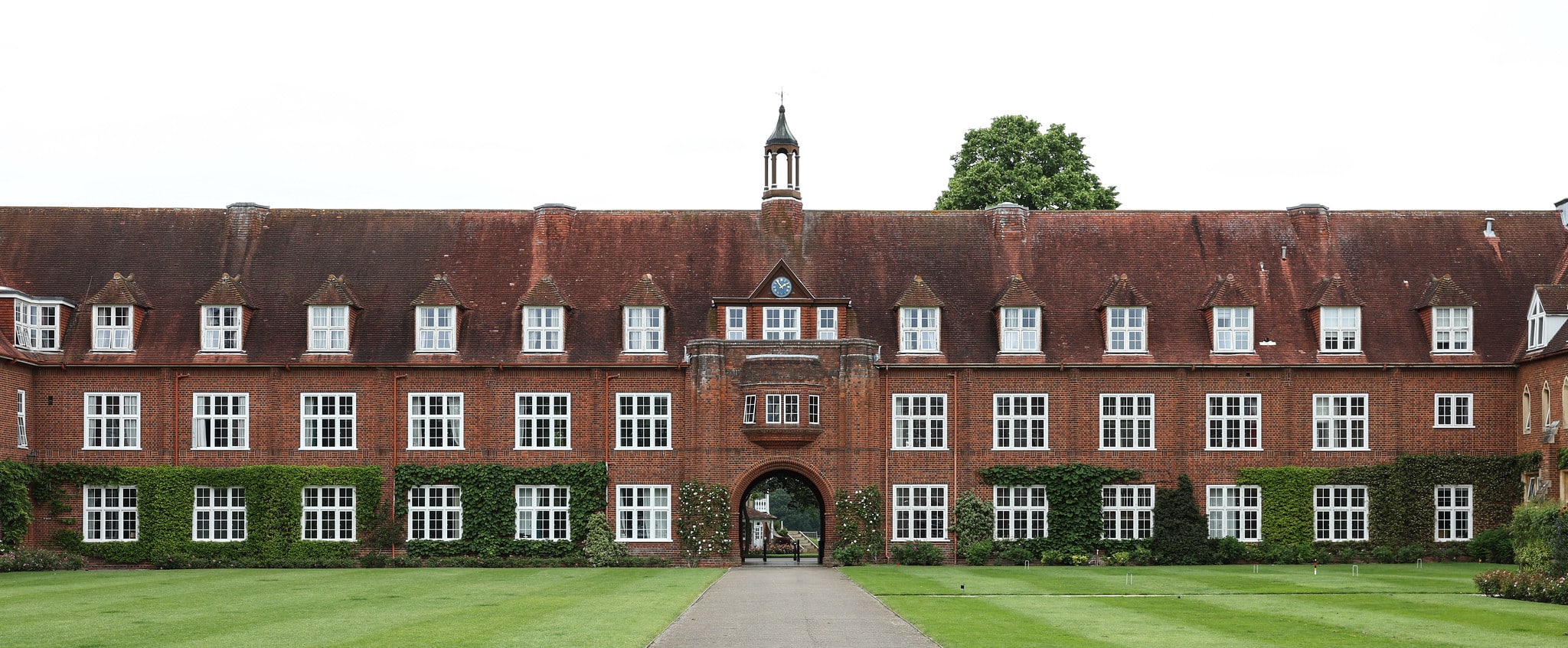A people without children would face a hopeless future; a country without trees is almost as helpless – Theodore Roosevelt.
Tree-planting has been a conservation priority for well over a century, resulting in UK woodland more than doubling in area. The 13% forest cover the country presently enjoys, however, is still far below stable levels, and dominated by farmed monocultures of non-native fir tree species (like the American Douglas Fir), which prioritise lumber profits over environmental benefit. Within this context, the ambition of the College’s countryside initiative – planting 38,000 native trees over the next three years to transform Radley land of limited ecological value – is made plainly clear.
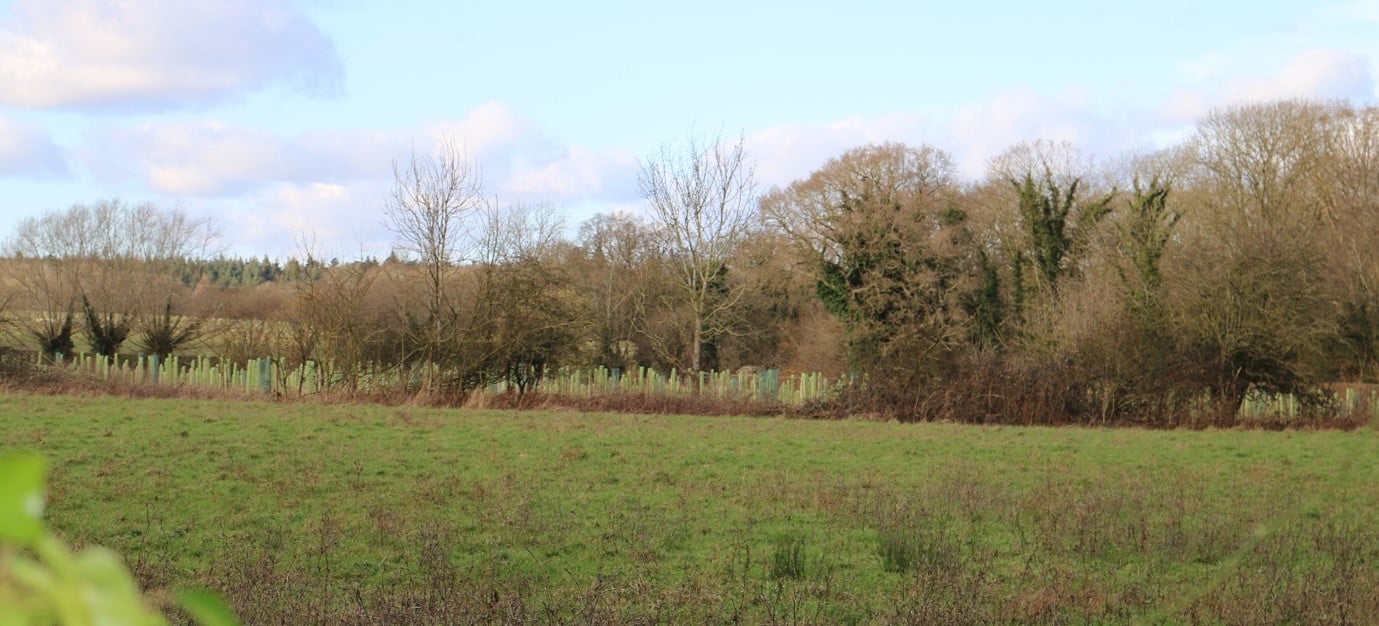
Maps and aerial photography adorn the office of David Anderson (Radley Estates Bursar), detailing the specifics of this scheme. Its first phase sees the planting of 18,000 trees to connect Bagley Wood to the north (owned by St John’s College), Radley Big Wood to the north-east (owned by St. Hilda’s College) and the College’s own Radley Little Wood, forming a single ecosystem. Dr Keith Kirby from the University of Oxford once described the British countryside as “scattered ‘islands’ of ancient woodland and groups of ancient trees in ‘seas’ of managed farmland and plantations of non-native trees” – increasing the contiguity between the ‘islands’ here should help to nurture environmentally healthier forests, with a reduced risk of local species extinctions. The process involves more than saplings though. “We’re thickening our wildlife corridors, such as hedgerows and the like, so that we can increase biodiversity. It’s also going to be underplanted with species-rich wildflower and grass,” elaborates David, as the latest drone footage of the re-forested landscape rolls on his computer monitor. Such complexity and scope are made possible with a generous grant from the UK government’s Forestry Commission, which makes up over half of the project’s total funding.
The best conservation practices are not always attractive to the human eye. To ensure that the young trees have the best odds of reaching maturity without significant harm, they will be surrounded with a six-foot fence for around half a decade. Anticipating debate, David plans to keep lines of communication between the College and locals as open as possible, with written noticeboards, parish council discussions and an ‘interpretation walk’ through the local area all being proposed.
Radley re-forestation is no trend-chasing flight of fancy; an overarching consideration of legacy and history shapes this scheme as much as it does any academic venture here. “If we consider that our forefathers planted the main drive trees in 1899; they never saw the beautiful campus we have today, but we are now able to enjoy the benefit,” reads David’s original announcement of the project, back in 2022. A scientific study by Fuentes-Montemayor et al. from the same year suggested that it can take tree-planting projects in Britain 80-160 years to become as biodiverse as their ancient woodland counterparts. In this way, the new forests may be part of the College’s broader 10-year drive for sustainability (including carbon neutrality), but their full splendour may only be enjoyed by the Radleians of the 22nd and 23rd centuries.

